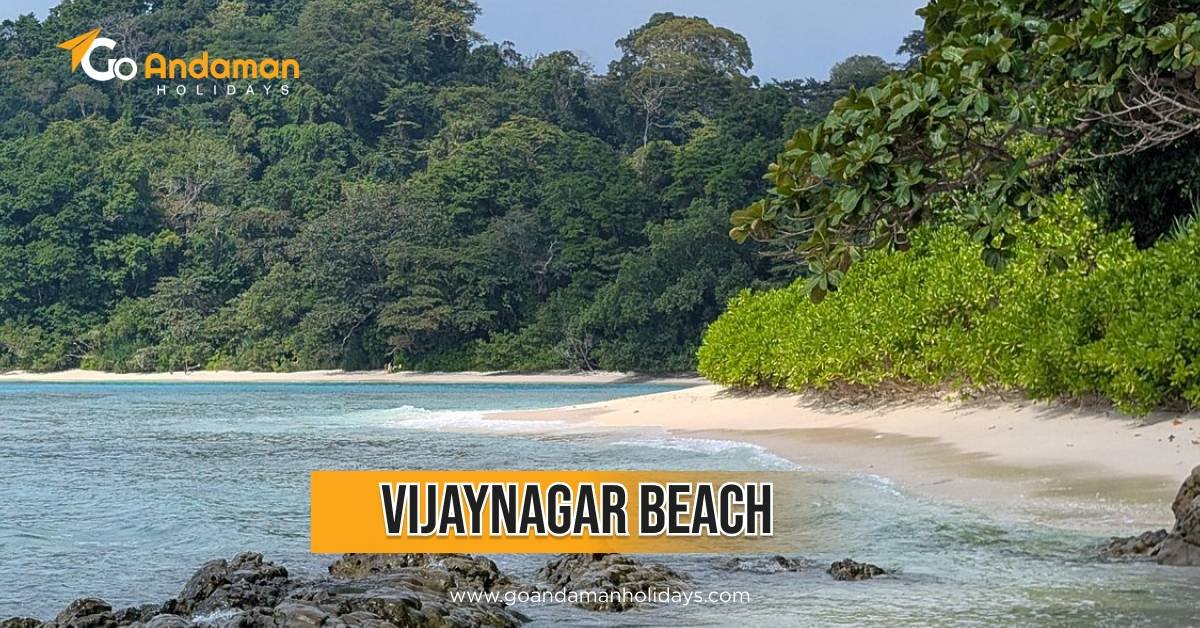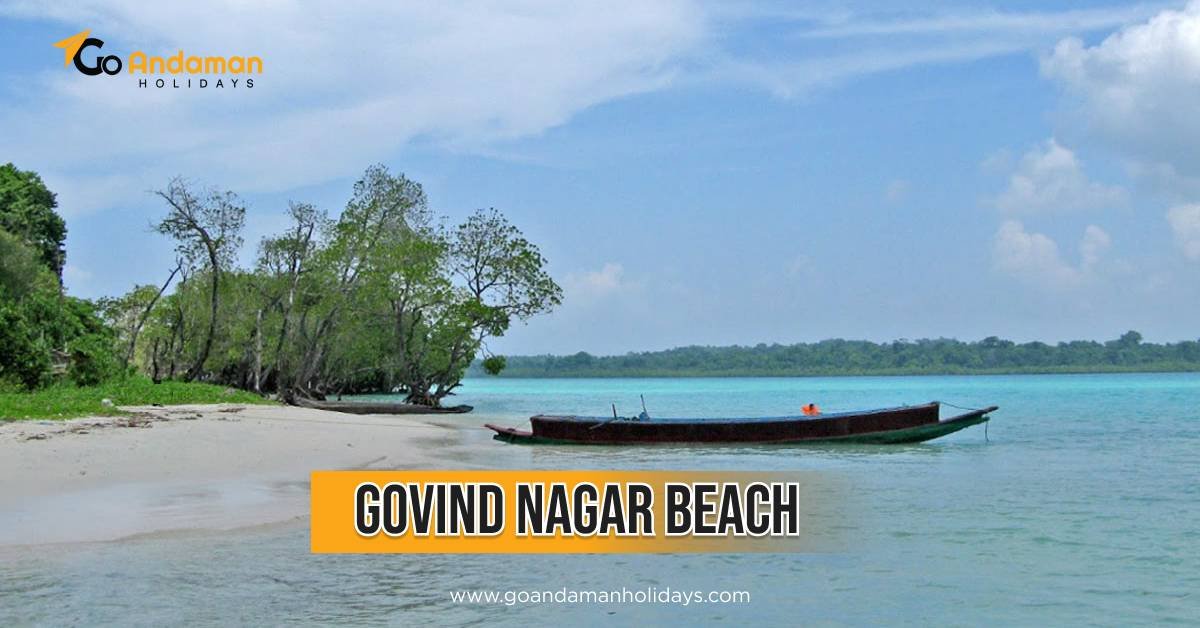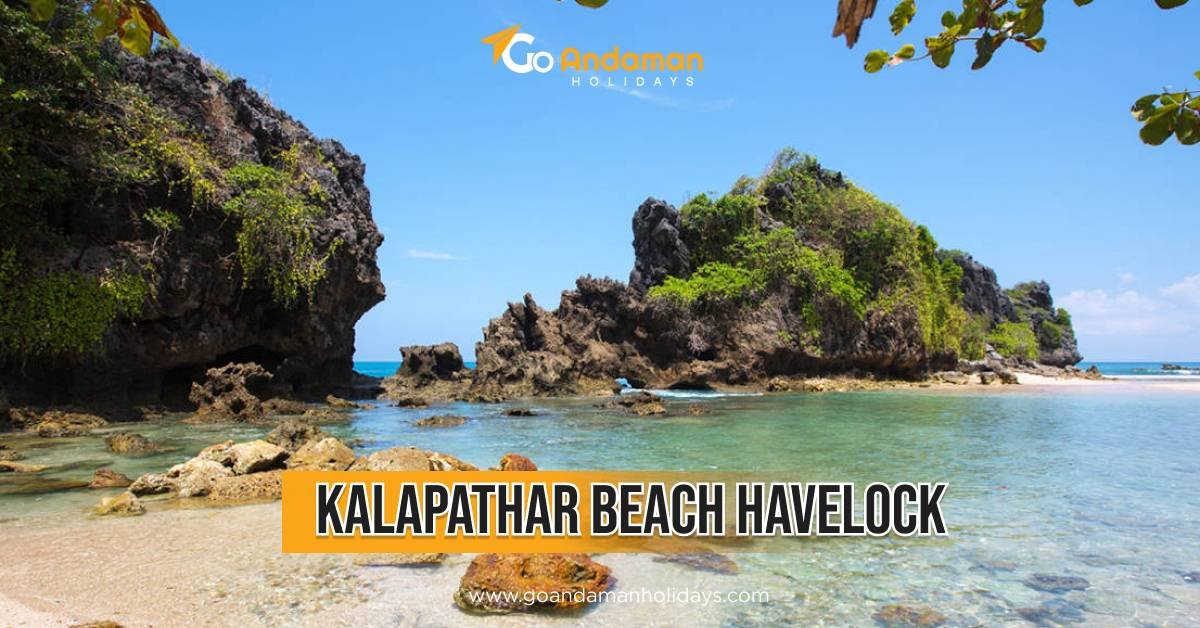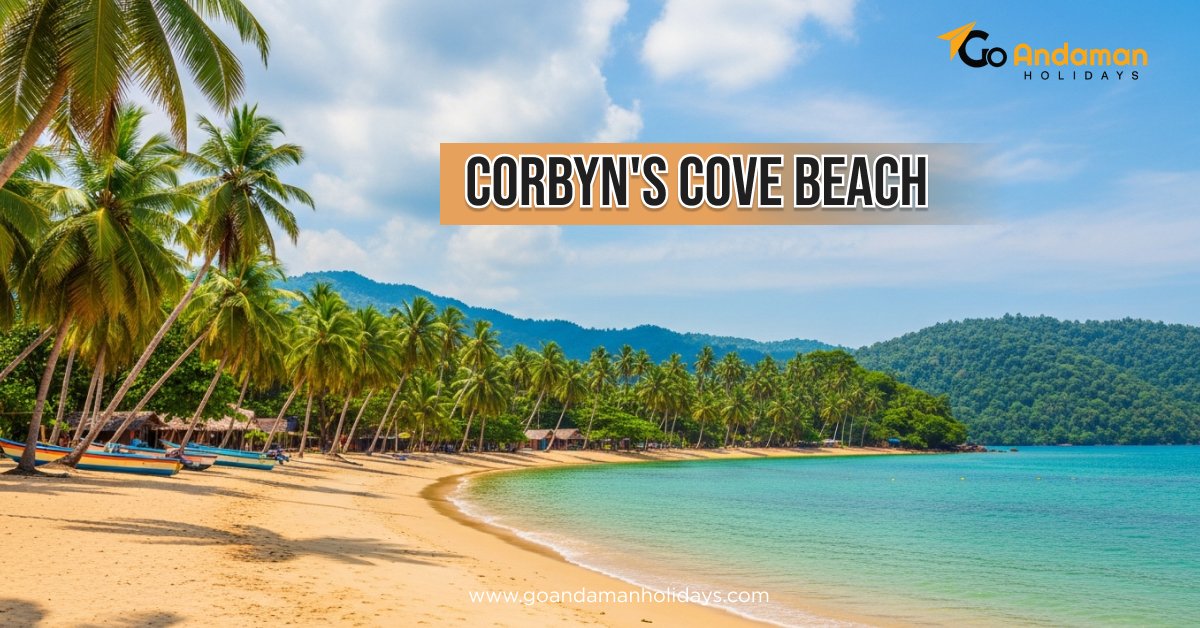
- Go Andaman Holiday
- 16-10-2024
- 0 Comments
Traditional and Modern Occupations in Andaman and Nicobar
This beautiful archipelago, situated in the Bay of Bengal, is known not only for its magnificent landscapes and rich biodiversity but also for diversified occupations and a peculiar cultural heritage.
Occupations in Andaman and Nicobar Islands manifest the blending traits of tradition in the very lifestyles of indigenous tribes with modern professions emanating from tourism and globalisation. In this blog, I will deal with different occupations in the islands and trace their history from the traditional era to the modern times.
1. Traditional Occupations
1.1 Fishing
Andaman and Nicobar Islands people have been reaping the occupational benefits of catching fish for many centuries. Since the islands are situated by the sea, the marine resources are so vast that fishing remains one of the important modes of sustenance. Native tribals also engage in fishing occupations both at subsistence and commercial levels. Net fishery using canoes and traditional methods passed on through generations are followed by the tribals.
The Nicobarese are great fishermen and depend entirely on fishing, with all species of fish, crabs, and prawns forming a considerable part of their food.
1.2 Agriculture
Agriculture is the other traditional cornerstone of livelihood on these islands. The land, richly endowed with very appropriate soils and favourable climates, is thick with all types of different crops. The people locally from the Nicobarese mainly cultivate coconut, areca nut, banana, and tubers. Most of their modes of farming combine sustainable methods of respecting ecosystems in nature. Besides the cultivation of crops, some communities do animal husbandry, like rearing pigs and poultry.
1.3 Handicrafts
The rich cultural heritage of the Andaman and Nicobar Islands is depicted through traditional handicrafts prepared by local artisans. The artefacts in shell work, bamboo weaving, wood carving, and pottery of this island reflect the economy of this place. Loyal artisans prepare beautiful artifacts to depict intricate designs from nature, and also from motifs of tribes belonging to this place. These handicrafts are indispensable not only for local consumption but also as popular souvenirs for tourists visiting the islands.
1.4 Traditional Crafts
They belong to the tribal arts that give identity to the indigenous tribes: the Great Andamanese, Jarawa, Onge, and Shompens. Tools are made out of locally available materials, such as palm leaf baskets and hunting artefact tools made of wood and stone. These crafts are generally practised within the vicinity of the tribe and may form part of their important cultural heritage.
2. Professions of Today
2.1 Tourism
For people in the Andaman and Nicobar Islands, tourism has become a significant occupation in recent years. These islands are so fascinating with their spotless beaches and dense green forests, along with the outstanding variety of marine life, that they attract thousands of tourists from everywhere in the world. It is one broad industry that would also involve hospitality management, tour guiding, water sporting events, and eco-tourism ventures.
The government also included sustainable tourism among the investment sectors to help preserve the land with fragile ecosystems, while on the other hand, it provides an opportunity for economic activities for the citizens. People in most of these countries have changed their traditional occupations to jobs in tourism, offering services to display their culture and making a contribution to their livelihoods.
2.2 Marine Conservation
With the rising awareness of environmental sustainability, marine conservation has become a more vital occupation in the islands. Different organizations work for marine biodiversity protection by employing the locals in the conservation process: in coral reef restoration projects, monitoring sea turtle programs, and awareness for sustainable fishing practices.
This alone would facilitate the conservation of marine resources and, at the same time, open up employment opportunities for people who could utilize their traditional knowledge of the sea.
2.3 Small-Scale Industries
Quite a few small-scale industries based on local craftsmanship and concern for the ecology have come up in the Andaman and Nicobar Islands. Coir mats and handicrafts made out of shells or bamboo have created great demand among the local people as well as the tourists visiting the island.
These small-scale industries provided a source of employment and, at the same time, helped in the continuity of traditional crafts that would have disappeared as a result of modernization.
2.4 Government Services
Even though a lot of developmental programs are going on in Andaman and Nicobar Islands, Government services have emerged as one of the mainstays. As the population is growing, educational posts, health, administration, police, and public works ensure secure employment for the residents who are similar to finding a government job in their own States.
The government has also initiated skill development programs among the local people to enable them to work in those sectors.
3. Challenges Faced by Traditional Occupations
Traditional occupations in the Andaman and Nicobar Islands, though clothed with rich cultural heritage, face challenges from different quarters that undermine their sustainability:
During globalisation, with urbanization, there is migration of the younger generation to cities and other places in search of better employment opportunities, thereby overlooking traditional practices in most cases.
-
Environmental Changes: Climate change poses a threat to fishing communities regarding increased sea levels and changes in marine ecosystems.
-
Cultural erosion: The present modern influence to which indigenous lifestyles might be exposed could lead to a loss of unique cultural practices tied to the traditional occupation.
-
Inaccessibility to Markets: Inaccessibility to wider markets or lack of marketing support may keep the local artisans away from selling their handicrafts.
4. Preservation of Traditional Jobs
Existence of traditional occupations besides modern professions in the Andaman and Nicobar Islands: -
-
Education & Training: Implementing educational programs about traditional skills would serve as a significant way to preserve the people's culture while creating useful employment opportunities.
-
Sustainable Tourism: Eco-friendly tourism may create jobs but will also help visitors to appreciate the culture without destroying it.
-
Community Support: Strengthening community-based institutions can significantly contribute to assisting locals in combined endeavours toward the preservation of craftsmanship, besides an improvement in the access of their products to markets.
-
Government Policy: Favorable policies for small-scale industries promote modernization and a bridge between traditions by supporting artisans with raw materials for their work.
While fishing, agriculture, handicrafts, and tribal crafts remain important parts of the local people's livelihood, the recent industries gaining prominence include tourism and marine conservation.
While being in a position to understand and explore the job scenario in these islands of beauty, there has to be a balance in retaining the cultural heritage and modernization that brings good economic development. It is by fostering sustainable best practices that pay respect to both tradition and innovation that we will have ensured a dynamic future for the people of Andaman and Nicobar Islands, while their identity will be preserved for the forthcoming years.
Frequently Asked Questions (FAQs)
1: What are the main traditional occupations in Andaman and Nicobar Islands?
Traditional important sources of livelihood in this area are fishing, agriculture, rice and coconut plantations, and handicrafts. The activities are in keeping with local tradition but widespread and ensure many residents are employed.
2: How would you say tourism has affected employment in the Andaman Islands?
Tourism has had a very profound impact on jobs as people are employed in hospitality, transportation, and tourist guides. In general, the tourism sector is gaining importance because of the attractiveness of the islands in their beauty and culture.
3: Are there any challenges to traditional occupations in the islands?
Indeed, globalization, changes in the environment, and loss of culture are some of the factors that affect traditional occupation. The young people may be forced to go to towns to earn more money, hence threatening the sustainability of such traditional occupations.
Conclusion
Traditional and modern occupations in Andaman and Nicobar Islands reveal an integrative blend of cultural heritage and contemporary influences. Although fishing, agriculture, and handicrafts remain much more important for the livelihood of the indigenous tribes, the growing tourism and small-scale industries also open new vistas for growth through those means. This dynamic interplay between tradition and modernity not only sustains the local economy but also preserves the rich cultural identity of the islands. As these occupations evolve, it is essential to balance economic development with environmental sustainability and cultural preservation.
READ ALSO:-




